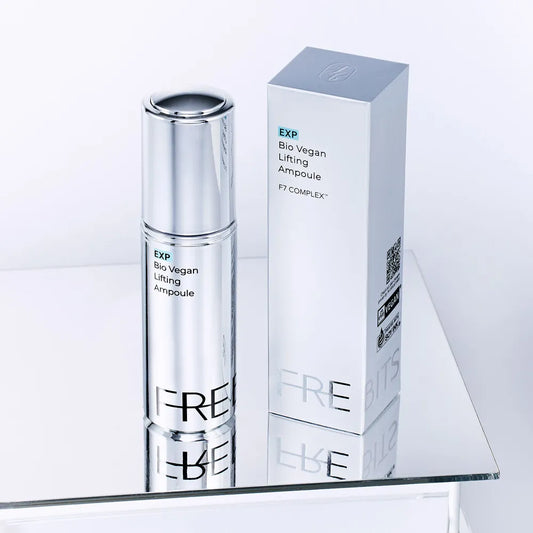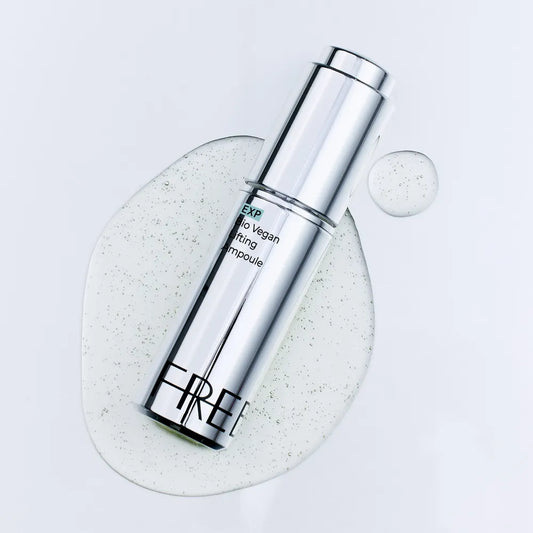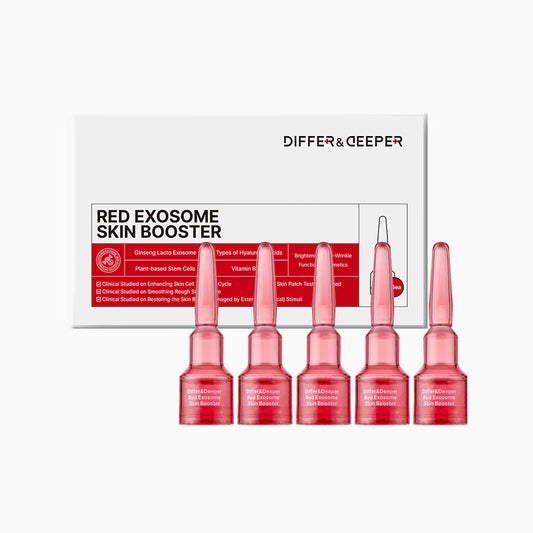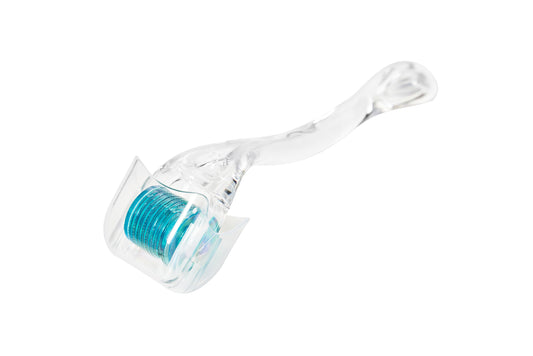Retinol – is it really the best anti-aging ingredient?
Retinol – is it really the best anti-aging ingredient?
The side effects many people forget to talk about
Retinol is a derivative of vitamin A that speeds up skin cell turnover . The result can be fewer lines, firmer skin, and an even tone. No wonder it is often referred to as the “gold standard” in anti-aging, especially abroad.
But the truth is that the powerful effects come with a price. Many people experience side effects and irritation , and this applies no matter where in the world you live.
1. Retinol Burn – when the skin stings and tightens



If you're starting out with a high concentration or are new to retinol, it's common to experience redness and a burning, stinging sensation , often combined with tight skin.
It can be a bit like having had too much sun. In more severe cases, swelling or itching also appears.
👉 Before your skin has time to recover, you will have to endure a period of discomfort.
2. Retinol Uglies – the infamous “ugly period”



You may have heard of the term “retinoid uglies” ? It describes a temporary worsening of the skin when you start using retinol. Dermatologists often call this retinoid purging .
Typical symptoms:
-
Redness
-
Dandruff and dryness
-
Small breakouts (acne, whiteheads, blackheads)
-
Uneven skin tone, sallow and gray
-
Soreness or burning sensation
📍 It is usually most noticeable in the thinnest areas, such as around the nose and mouth.
💡 What helps?
-
Start low – and only use 2-3 times a week at first
-
Always use moisturizer and preferably a barrier cream
-
Ingredients such as panthenol, allantoin or centella soothe the skin
-
During the day, sunscreen is mandatory.
👉 This period usually passes, but many people find it so uncomfortable that they stop before they see results.
Why is this really happening?
Retinol promotes faster cell renewal, but at the same time makes the skin barrier more vulnerable. This makes the skin more easily irritated, dry and red.
Professionals tend to say: “If you persevere, you will get results.” But honestly – many people experience barrier damage and uneven skin the most.
That's why many people in Korea choose other ingredients.
In the West, retinol is still a classic. In Korea, the development has taken a different path. There has long been a focus on skin barrier and gentle care , and therefore alternative ingredients have received a lot of attention.
Among the most popular are:
-
Bakuchiol → provides similar effects, but is much milder and can be used during the day
-
Niacinamide → evens out skin tone, regulates sebum, strengthens the barrier
-
Peptides → boost collagen and provide elasticity
-
Stable vitamin C derivatives → provides glow, antioxidant, evens out skin tone
-
Glutathione → strong antioxidant, inhibits melanin and contributes to a lighter skin tone
👉 In Korea, skincare is not about quick “wow effects” but about safe and long-term skin health . That’s why retinol is often less popular than these alternatives.
My experience – and why I don’t sell retinol
When I came to Norway, I tried retinol products myself. Honestly: I wasn't impressed.
-
The skin didn't get clearer – it actually got more gray and uneven
-
In the summer, with long bright days, retinol became unstable in light and heat
-
In winter, the perceived dryness only got worse in combination with cold winds
-
And if the cleansing was not thorough enough, the skin became even more irritated and impure.
👉 My conclusion: Retinol can be effective, but in the Norwegian climate it requires extra careful use and skin care routines.
At Weshine.no I also offer some products with retinol and related ingredients, but I often recommend that customers try safer alternatives. I hope that more people can get away from the 'retinol syndrome' and discover that ingredients like bakuchiol, niacinamide, peptides or glutathione can provide good and stable results - without unnecessarily burdening the skin barrier.
Retinol can work – but only with the right strategy
-
Only in the evening routine
-
Start low and infrequent (2–3 times a week)
-
Always combine with moisture and barrier protection
-
In summer: use high sun factor and extra protection
-
In winter: use less, as the skin becomes more easily dry and weakened
👉 Retinol can deliver results, but it requires patience and discipline. If you have sensitive skin, a lot of redness or dandruff, ingredients like bakuchiol, niacinamide, peptides or glutathione are often smarter choices.
Important warnings
-
Do not combine with vitamin A supplements – you risk hypervitaminosis A.
The EU (SCCS, 2022) sets the limit at:-
Body lotion: max 0.05% retinol
-
Other products/rinsed-off products: max 0.3%
-
-
Not during pregnancy – retinoids are prohibited for pregnant women and those trying to conceive, as they may be harmful to the fetus.
👉 Retinol is not “just a cream ingredient”, but an active substance that requires caution .
Conclusion – skin health lasts longer than quick results
Retinol is a powerful anti-aging ingredient, but it's not suitable for everyone – and certainly not under all conditions.
In Norway, with long summer days and scorching dry winters , the side effects can feel extra harsh.
👉 That's why at Weshine.no I focus on safe alternatives that strengthen the skin over time.
Long-lasting skin health, rather than quick results – that's my philosophy.
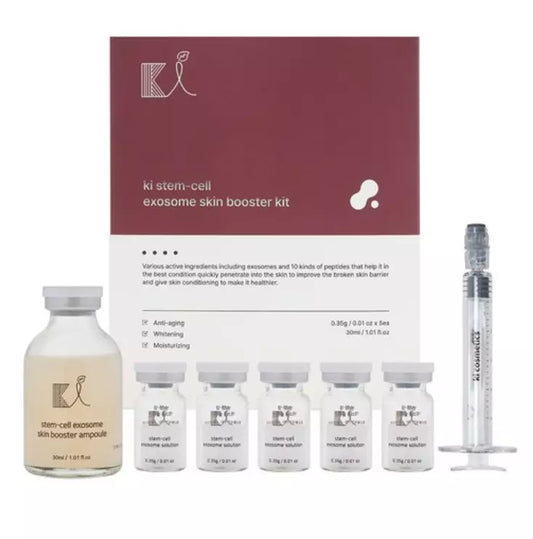
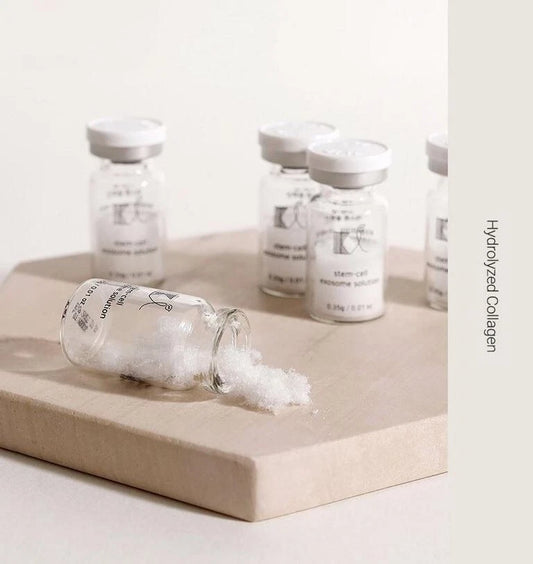
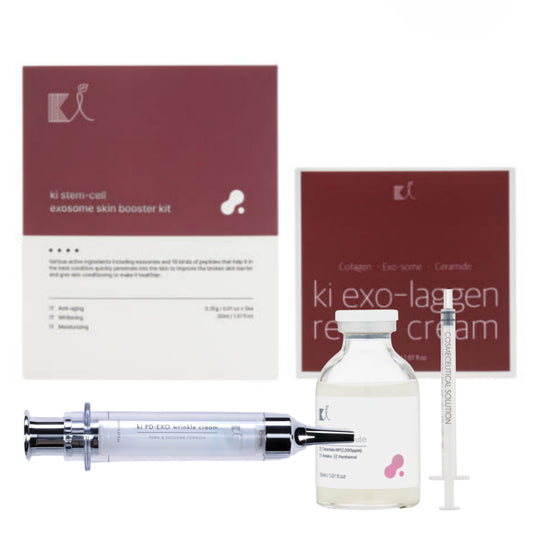
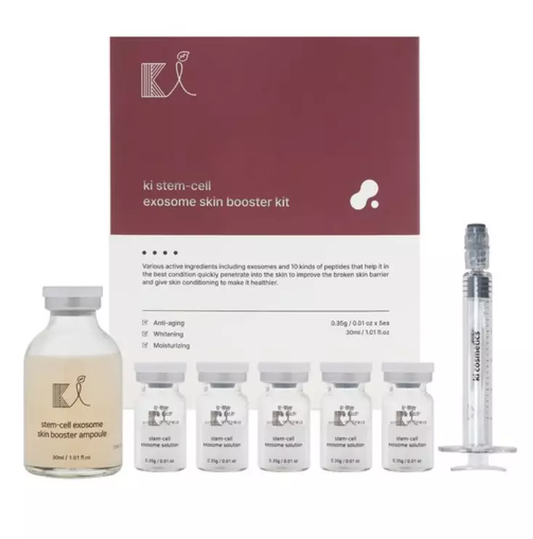
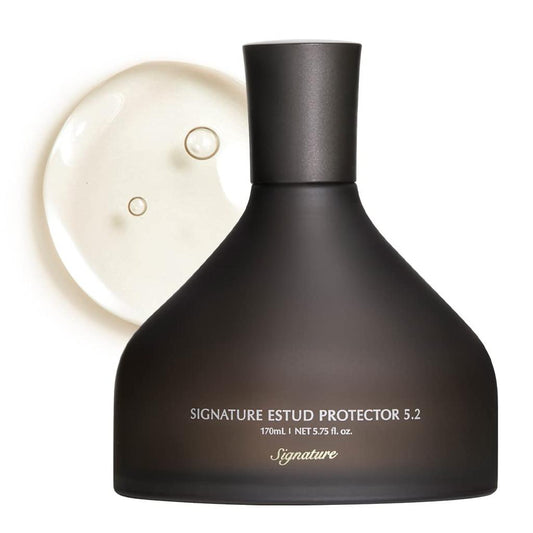
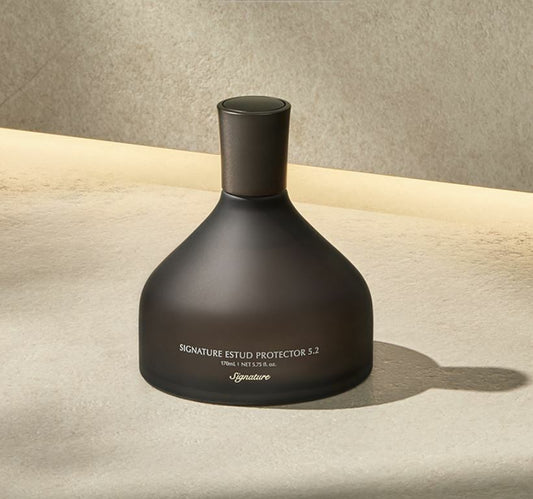
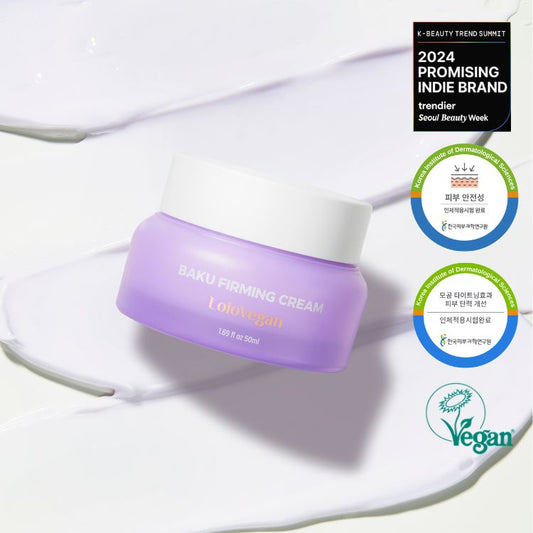
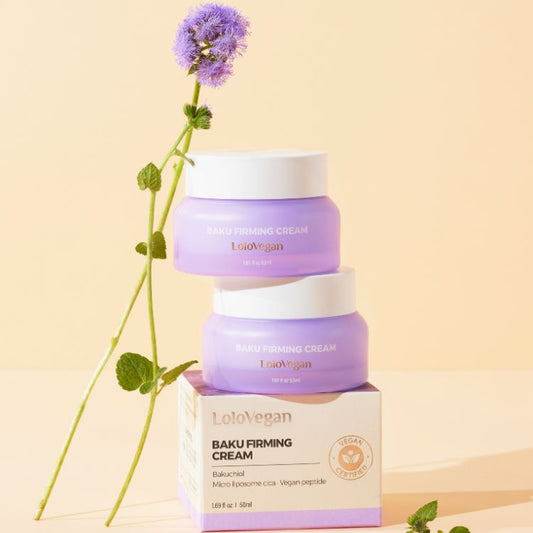
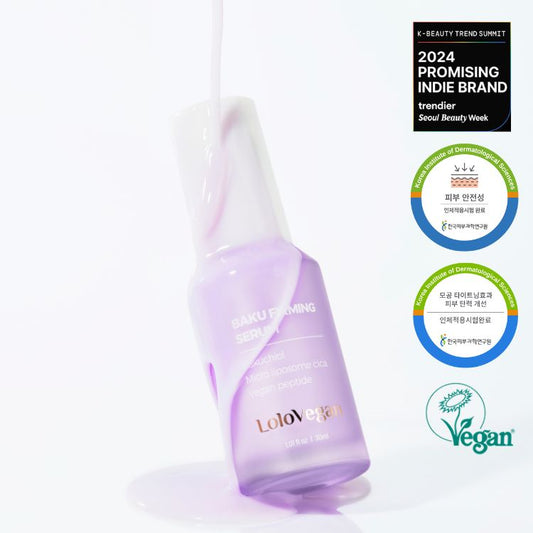
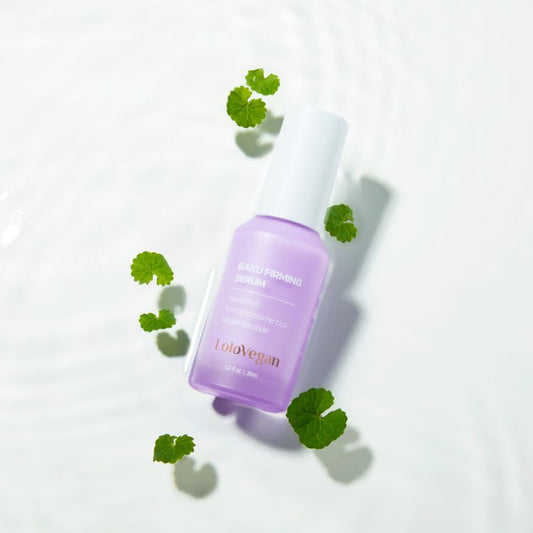
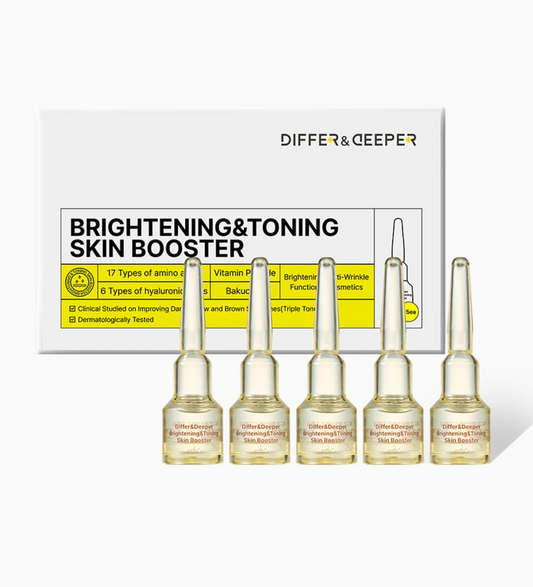

![[2+1]Vitamin Brightening&Toning SKin Booster 2ml x 5 vials](http://weshine.no/cdn/shop/files/002_1602ecde-cbc1-46ce-9b70-ad54e62b050b_533x.jpg?v=1754565995)
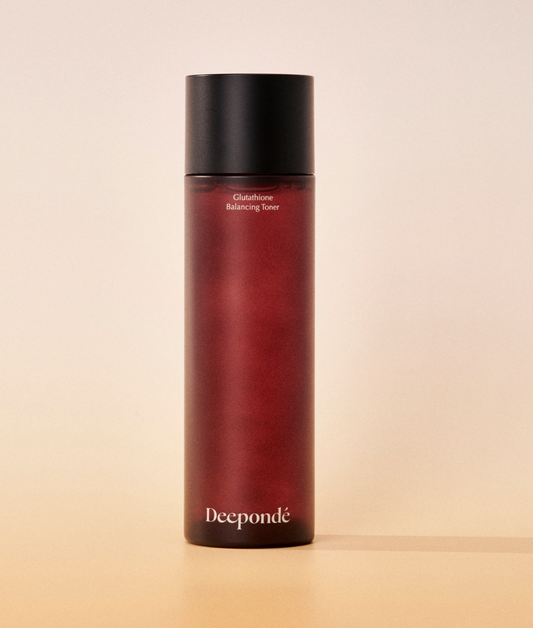
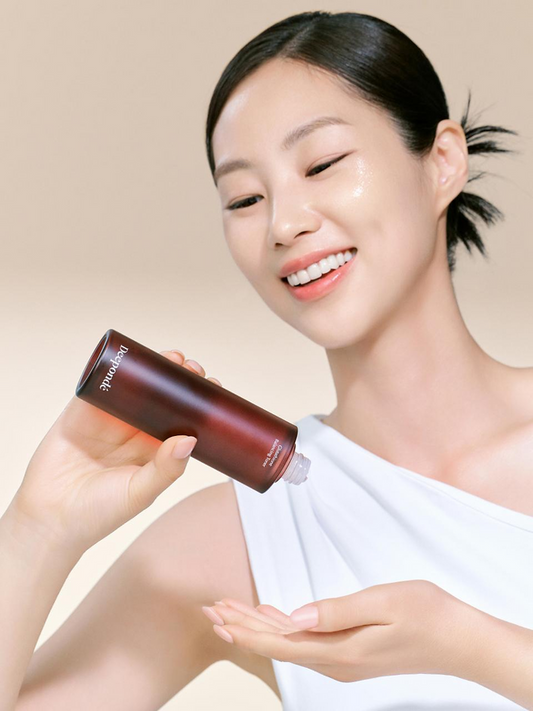
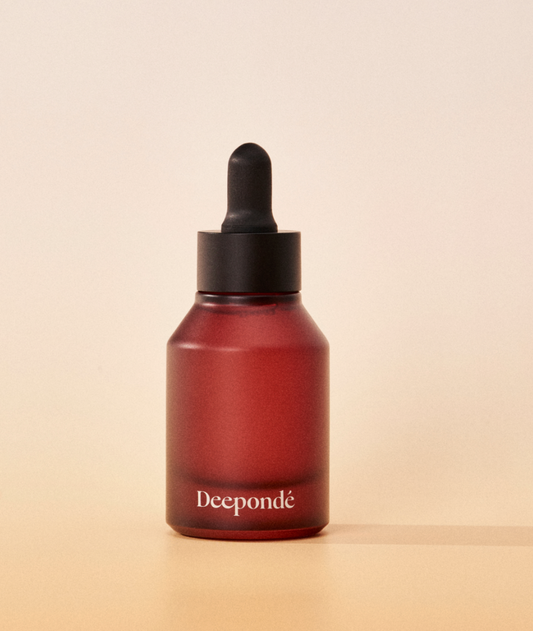
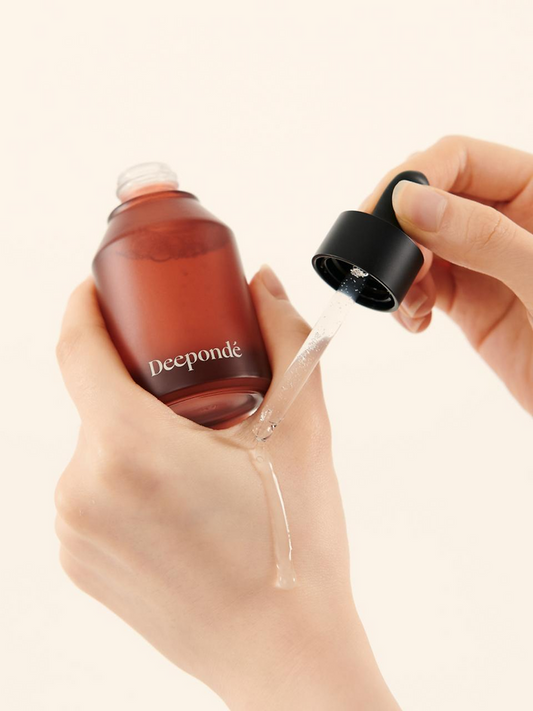
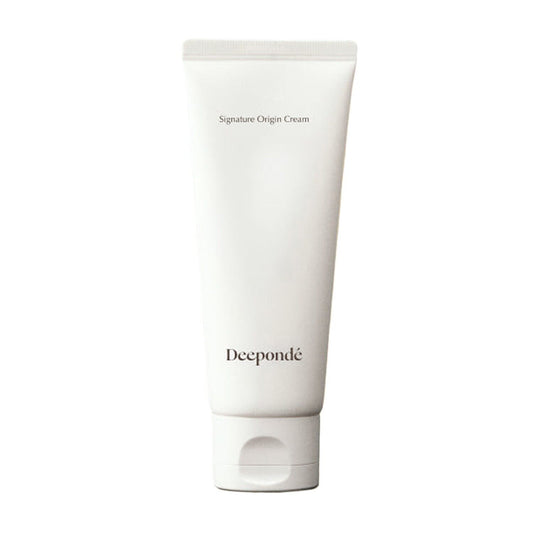
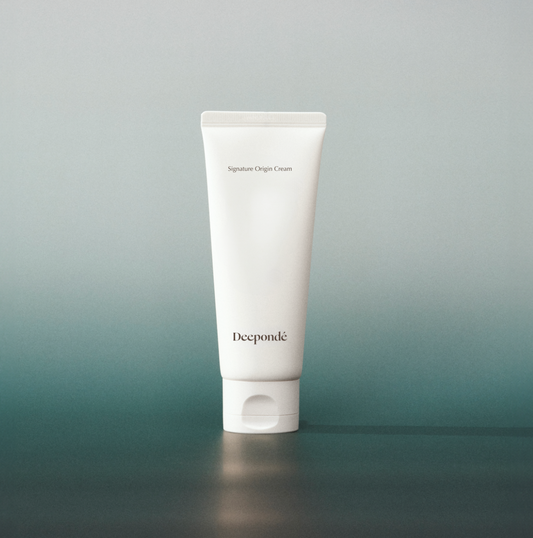
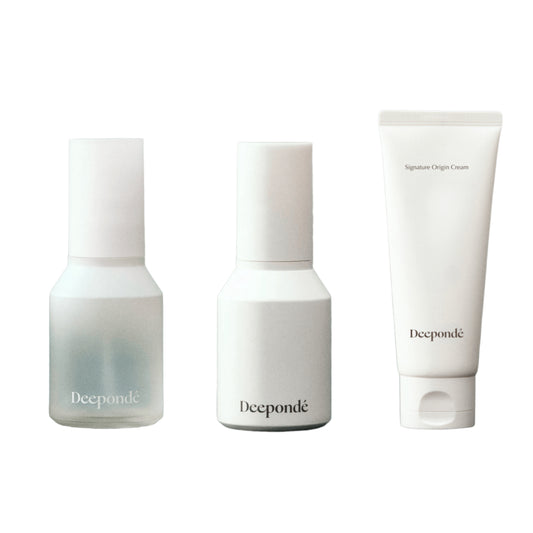
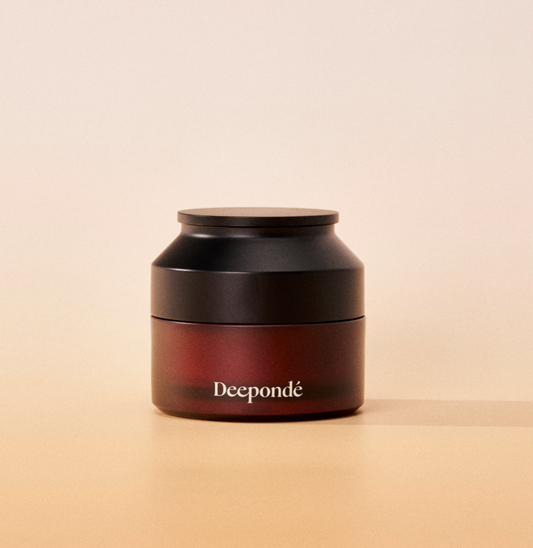
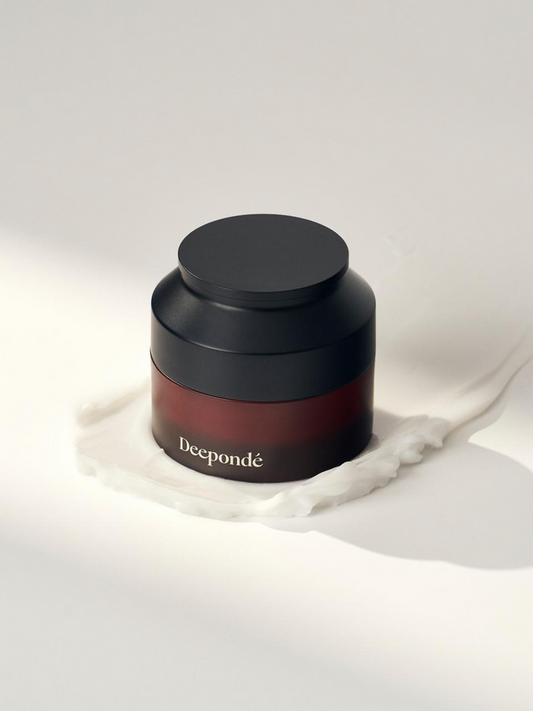

![[2+1] PDRN Moisture&Revital Skin Booster 2ml x 5 vials](http://weshine.no/cdn/shop/files/001_df899d98-38e6-4bf0-b07f-84a57ef2a56e_533x.jpg?v=1754566136)
![[2+1] PDRN Moisture&Revital Skin Booster 2ml x 5 vials](http://weshine.no/cdn/shop/files/pdrn_booster_533x.jpg?v=1754566136)
